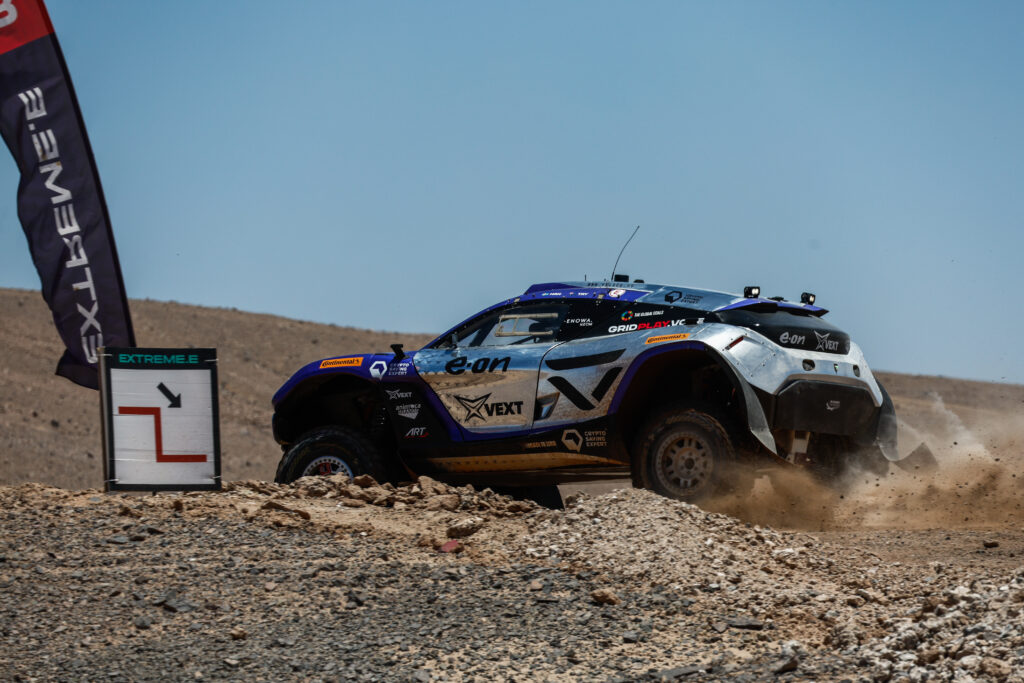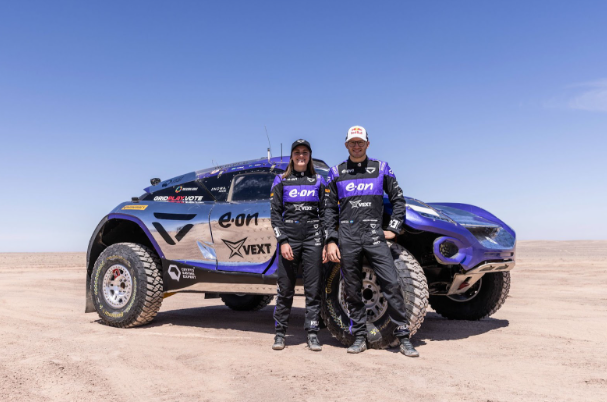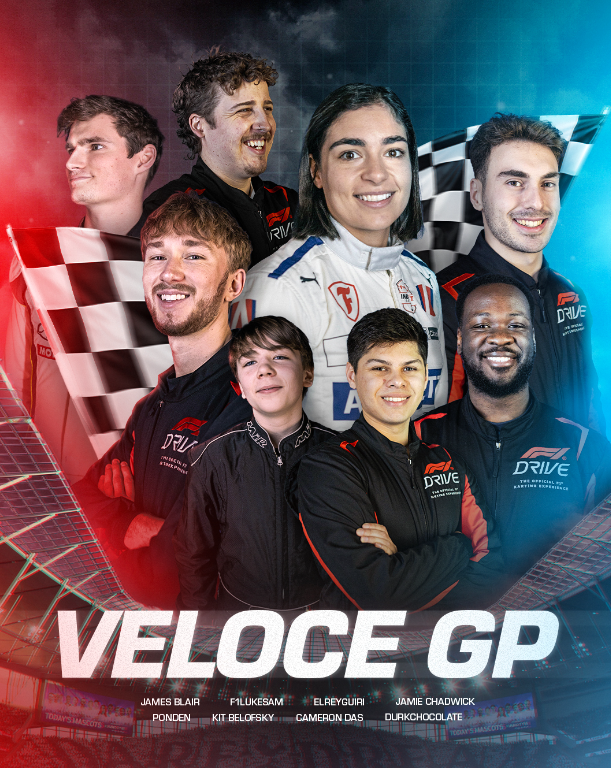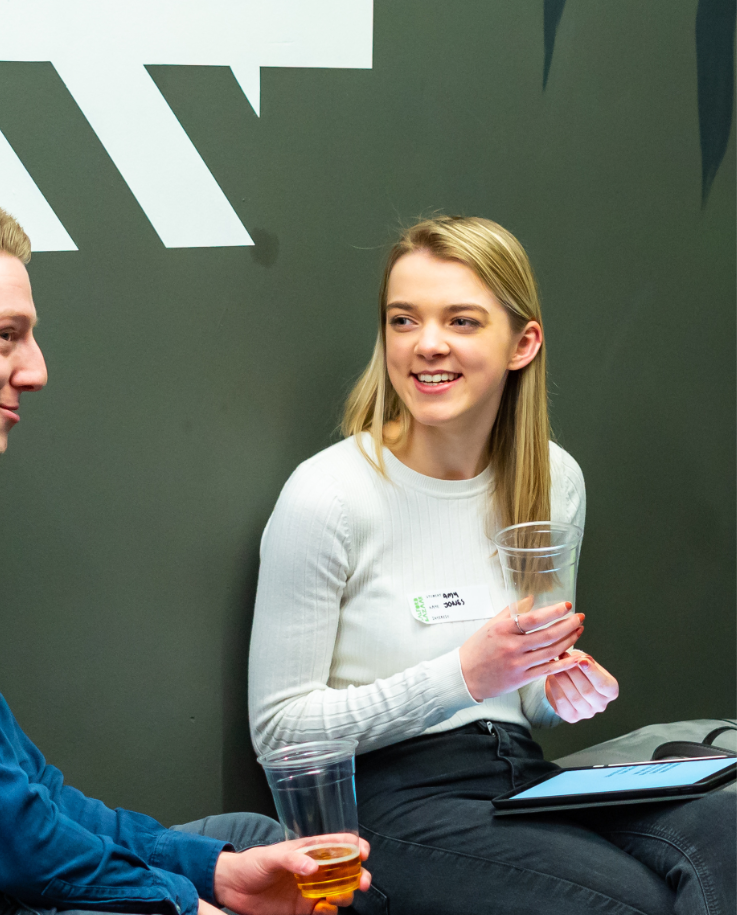
They say “Find a job you love, and you will never have to work a day in your life.” As someone who has always loved gaming and wanted to work in the gaming industry, my job is nothing short of fun and interesting. It feels cheesy to say that it doesn’t feel like work because I love the projects I do. In this article, I will share how I got into esports and provide suggestions on how you can become a Graphic Designer in the gaming industry.
I first encountered esports unknowingly when creating YouTube banners for Call of Duty teams in 2012. I have always been interested in graphic design and gaming, so I wanted to pursue a career in something I am passionate about. As a starting point, I studied art and ICT in high school followed by Graphic Design, Media Studies and ICT in college, and then Graphic Design at University, where I learned the fundamentals of Graphic Design.
During my final year of university, I was able to focus on graphic design in gaming and speak to prominent people in esports who guided me on my journey into pursuing a career in what I am interested in. Alongside my dissertation, I created an online social media challenge called “21 Days of Esports”. The challenge involved designing something for a team or person in esports every day for twenty-one days, which helped me expand my skill set, research, and build my network within the industry.


In 2020, I went into my final year of university during the covid global pandemic. In a time of uncertainty, I chose to take advantage of the opportunity to apply for a part-time position as a ‘Visual Content Creator’ for PG Esports, which I found on Hitmarker. Although I had no professional experience, I shared my passion and love for gaming, as well as my willingness to learn. Following this, I worked for Endpoint Esports and volunteered for Esports Wales to strengthen my CV before being approached by Veloce through LinkedIn. I have now worked as a Graphic Designer at Veloce for the last two and a half years, where my role prominently involves creating templates for gaming and real-life racing tournaments, and streaming assets for the Veloce Network. I occasionally design sponsorship proposal decks, race suits, car liveries for Extreme E and Esports jerseys for our Veloce Elites team. Examples of my work can be found on my website.
If you want to pursue a career as a Graphic Designer in esports, you should be comfortable working in fast-paced environments, managing multiple projects simultaneously, and proficient in Adobe software such as Photoshop, Illustrator, InDesign, and After Effects. When searching for your first position as a Graphic Designer in esports, start by building a strong portfolio with relevant projects. I suggest creating mock-up graphics for your favourite esports team/company and posting your work on social media platforms such as Instagram, Twitter, and LinkedIn. I found using LinkedIn and Hitmarker when searching for opportunities to be the most beneficial.
If you have any questions, you can connect with me via Instagram or X.

